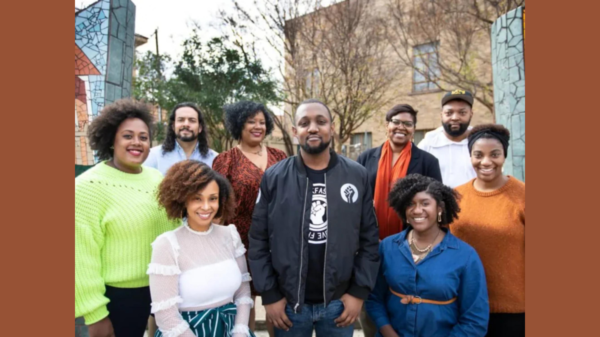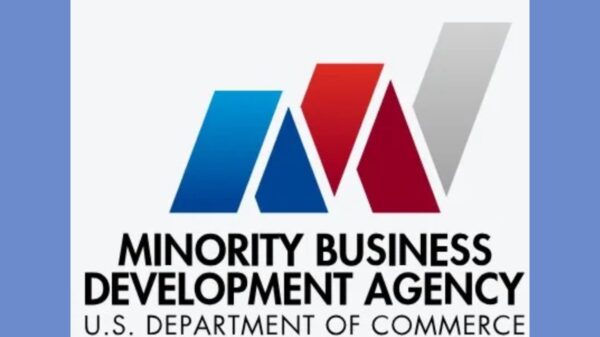By Dr. Roy E. Alston, PhD
There’s no denying that our lives have changed dramatically since the beginning of the pandemic. About 45 percent of Americans are working remotely either some or all of the time, telehealth usage is 38 times higher than it was at the beginning of 2020, and students have become increasingly reliant on learning outside of the classroom. These trends all point to one clear reality: the internet has become even more important in today’s hyper-connected world.
I’m grateful that the Dallas City Council acknowledges that internet access is a need for Dallas residents trying to keep up in this digital age, and that they are evaluating the best path forward to get our city’s unconnected residents online.
However, it is concerning that Dallas policymakers are considering an option that would not solve the problem.
A proposal for the City to create a new, government-owned “middle mile” network will do nothing to address broadband adoption.
These government-owned networks rarely go as planned there are countless examples of networks failing and ultimately squandering taxpayer dollars. In the last few months alone, we have seen several other large cities consider (and in some instances fund) such plans only to find out later that they made a big mistake.
One example is Tucson, Arizona, where the City Council approved spending millions on a government-run “middle mile” and wireless network – the same model Dallas is considering.
Tucson’s network has connected only 995 homes, has cost nearly $7 million, and will continue to cost taxpayers $300,000 each year to maintain.
What has resulted from this monumental mistake is the head of Tucson IT department’s resignation, as well as Tucson City Council members who voted for the network now calling it an “embarrassment.”
The City of Toronto recently nixed plans to create the largest municipal broadband network in North America after seeing the writing on the wall.
At first wide-eyed about the prospect of creating a government-run network in Toronto, as details emerged about what the process would cost and entail, city lawmakers realized that the proposal simply wasn’t feasible and that there were more cost-effective, superior options available.
The good news is that if we look to the root causes of the digital divide – the affordability and adoption gaps – we can make real progress, especially among our most vulnerable populations.
The affordability gap refers to people who aren’t online because they can’t afford the cost of a broadband subscription, while the adoption gap is made up of folks who aren’t online because they lack the necessary language skills, digital literacy, or do not see the relevance of the internet.
There are recently created, federally-funded resources that we can utilize to address the affordability gap and adoption gap head-on.
The first is a program that about half of the city (48 percent) is eligible for, the Affordable Connectivity Program (ACP), a new initiative created under the bipartisan Infrastructure Law that provides a $30 monthly voucher on internet subscriptions for those at 200% or below the federal poverty line.
In May, the White House dramatically bolstered the program by announcing that 20 internet service providers have committed to either increasing speeds or reducing costs for the services they provide under the program, which ensures that all ACP-eligible families will essentially have access to high-speed internet subscriptions for free.
To address the adoption gap, Dallas should also leverage the Federal Infrastructure Law’s $2.75 billion allocation in digital literacy grant programs, which train vulnerable communities about the skills they need to navigate the web, as well as the subscription options that exist and how to enroll.
I hope that our lawmakers here in Dallas will focus on real solutions to address the affordability and adoption challenges we face with broadband internet. A government-run network would be a costly mistake, especially when we already have the resources we need to address the city’s digital divide for vulnerable residents.
Roy E. Alston, PhD has more than 30 years of progressive experience in leadership and strategy including time in the military, law enforcement and the healthcare industry.









You must be logged in to post a comment Login